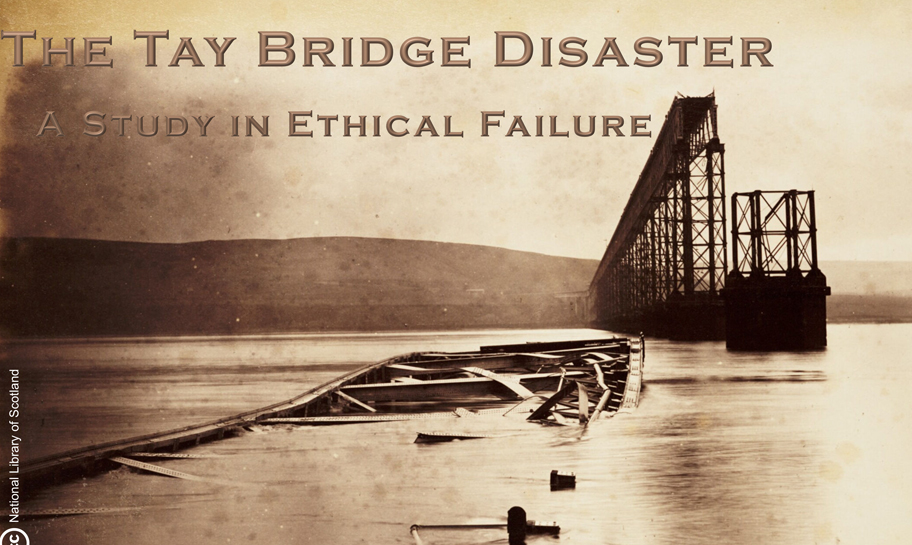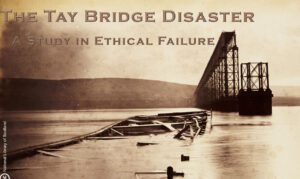The Tay Bridge, once celebrated as the longest iron bridge in the world, opened on the 1st of June 1878. It served as a crucial connection in the Scottish east coast railway line, promising honours and prosperity for its main players.
For a brief period, the bridge brought significant business success and accolades to those involved in its construction and operation.
However, the triumph was short-lived. On the night of the 28th of December 1879, amidst one of the most severe storms in living memory, the Tay Bridge catastrophically collapsed. Tragically, it took the Edinburgh train and 59 passengers with it.
The subsequent public inquiry, along with later technical analysis, revealed multiple failures in the bridge’s design and construction. These shortcomings were overshadowed by the broader narrative of an inspiring Victorian engineering feat marred by greed and inadequate leadership.
The Tay Bridge stands as a poignant example of how remarkable technological advancements can be undermined by human flaws. This presentation explores the rise and fall of the Tay Bridge, a venture that was at once a pinnacle of engineering and a cautionary tale of ambition gone awry.
Learning Objectives
- A project manager’s responsibility to ensure public safety above that of financial gain.
- The importance of the selection and supervision of a competent workforce.
- “The first principle is that you must not fool yourself and you are the easiest person to fool.”






